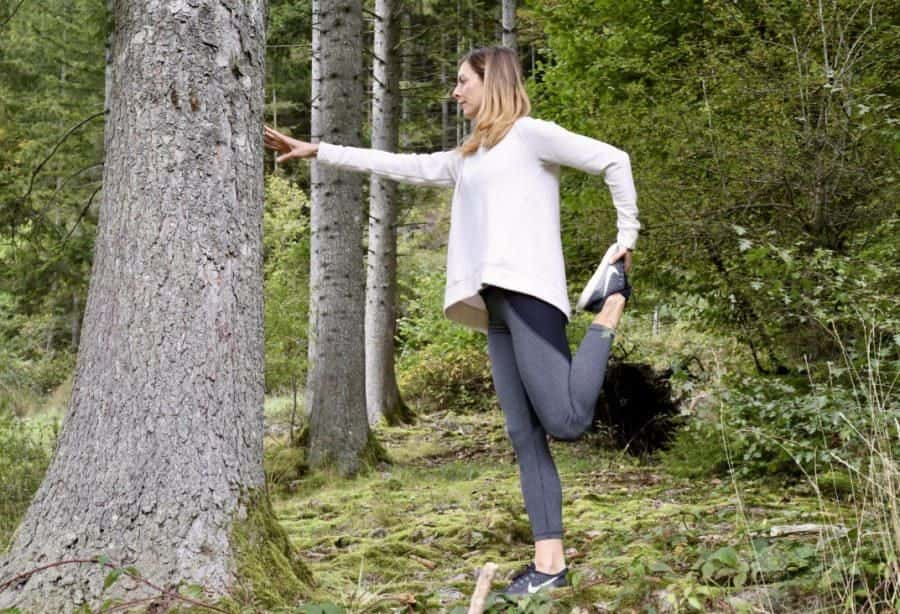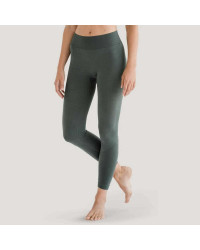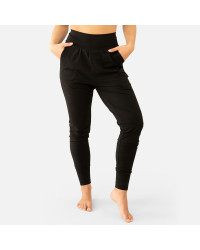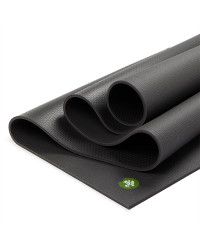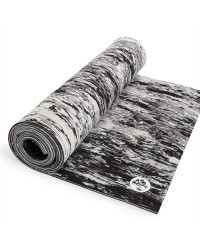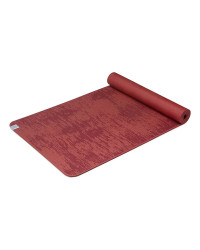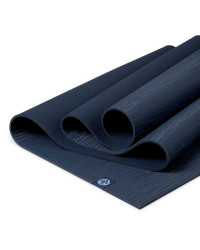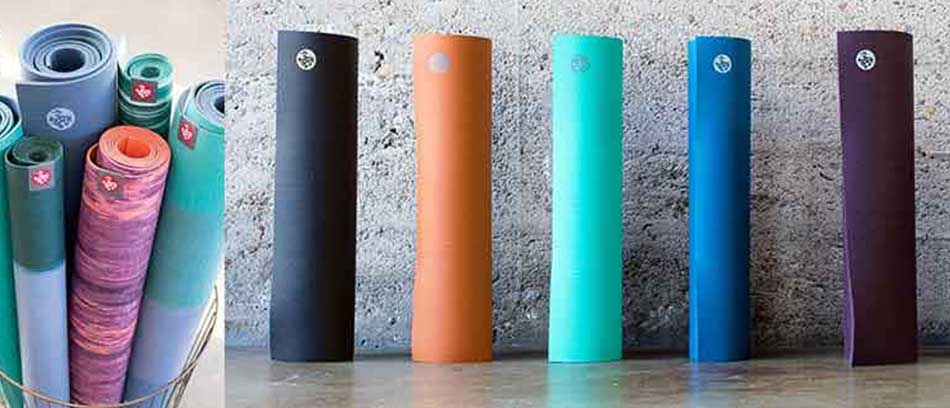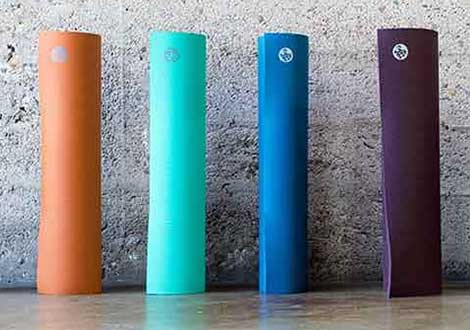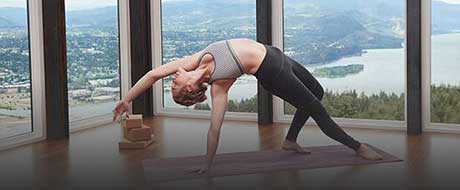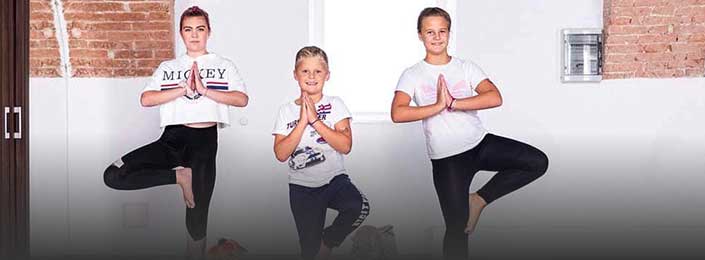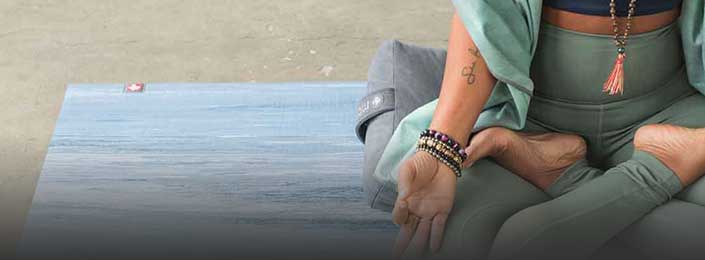We use cookies to make your experience better. To comply with the new e-Privacy directive, we need to ask for your consent to set the cookies. Learn more.
What is Yoga? How to start yoga?
What is Yoga? How to start yoga?
Yoga is a comprehensive system that can positively affect all aspects of our lives. If you are looking for a way to improve your health and well-being, yoga is a great choice.
What is yoga?
Yoga is an ancient Indian discipline that focuses on physical, mental and spiritual health. The word "yoga" comes from the Sanskrit word "yuj" which means "merge". In yoga we unite with our inner self, with nature and with universal energy. Today there are many different types of yoga, which are adapted to different needs and goals. We will explore different types of yoga
What is Yoga? How to start yoga? - table of contents
Yoga - the way to yourself
Man is a seeker. Inner peace, satisfaction, joy, health, absolute. Everyone in their own way seeks a balance between external and internal factors that affect our well-being. The modern rhythm of life brings more and more challenges in achieving personal satisfaction, well-being and health, so it is important to find support in something that helps us maintain balance.
Some reach for instant solutions, others, based on the realization that there is no magic wand, set out to find and 'fill' inner satisfaction and better well-being in a more sustainable and holistic way. One such way is practice of yoga, which is increasingly being established as an effective and holistic way for a fuller and more fulfilling life for individuals.
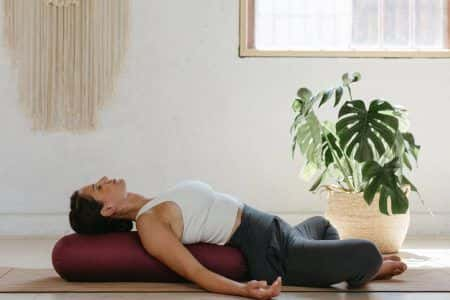
Yoga positively contributes to the well-being of the individual on several levels - physical, mental, social, spiritual, as it represents a complex holistic system. It cannot be defined only as science, philosophy or religion.
Yoga is above all an exceptional, meticulously designed and thought-out personality training that can enable a person to mature and realize their full potential.
At the same time, it provides answers to the fundamental questions of life, it goes beyond the dualism in which we are caught between physical and mental, which are only two sides of reality.
Benefits of yoga
Yoga is an ancient system of exercise that combines body positions, breathing and meditation. It has many benefits for health and well-being:
- Improved mobility: Yoga helps improve joint and muscle mobility, which can make everyday tasks easier and reduce pain in the back and other parts of the body.
- Improved strength: Yoga can help strengthen muscles, which can improve posture and reduce the risk of injury.
- Stress Reduction: Yoga is an effective way to release stress and anxiety. It can help calm the mind and body and improve overall well-being.
- Improved Breathing: Yoga can help improve breathing, which can increase energy and improve overall health.
- Weight loss: Yoga can help with weight loss as it helps improve metabolism and muscle mass.
- Improved sleep: Yoga can help improve sleep, as it helps relax the mind and body.
- Reducing Disease Risk: Yoga can help reduce the risk of certain diseases, including heart disease, cancer and depression.
Yoga is the way to yourself. The word "yoga" comes from the Sanskrit word "yuj" which means union/connection of body, mind and spirit with cosmic energy. Yoga is "Chitta Vritti Nirodah" (Yoga Sutras, Patanjali), which means stilling the whirlwinds of thought.
From a yogic perspective, health is not just a disease-free body, but a holistic approach to health in which body, mind and soul are integral and interconnected parts. It assumes good psychological, physical and social well-being even in stressful situations.
Yoga also assumes that there is an imbalance in the body, which in turn leads to disease, due to a disturbed flow prana - life energy that we spend too much on our limited perceptions, when we focus our mind only on ourselves and limit it, when we crave external objects or when we manipulate other people.
When we free ourselves from the limiting mind and when we establish a consistent practice of stilling the mind, silence and space for new thought patterns are created within us. Let's create mental health, which is the foundation for physical health.
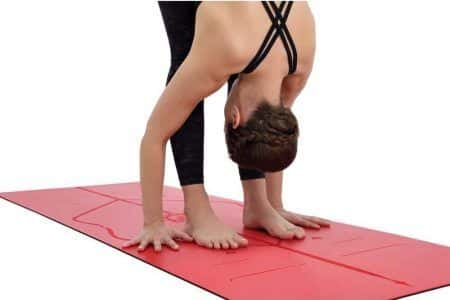
Most of the diseases of today are psychosomatic, so yoga has established itself as one of the effective ways to manage problems related to stress, such as asthma, diabetes, high blood pressure, cardiovascular diseases, gastritis, anxiety, depression and other psychological problems.
When we talk about yoga as a 'cure', it is cikitsa yoga, which in Sanskrit means to stand up for oneself and act against disease. Yoga has many genres, which are divided into four main ones:
- bhakti yoga (yoga of devotion and devotion),
- karma yoga (yoga of action),
- jnana yoga (the yoga of knowledge or wisdom) and
- raja yoga (yoga of body and mind control).
Raja yoga also includes hatha yoga, which is the most developed in the West. The word "hatha" consists of two syllables "ha" and "tha", which symbolically indicates two principles: sun-moon, yin-yang, male-female principle.
The aim of yoga is to balance these two principles and thereby contribute to physical, mental and spiritual growth.
How to start yoga practice?
Those who encounter yoga for the first time are advised to attend beginning yoga classes (e.g. hatha, iyengar, kundalini type of yoga), where you will gradually learn the basic asanas, orient yourself in their correct execution (the most important element in avoiding injuries) and learned the basics of pranayama - breathing techniques and meditation.
When choosing the most suitable yoga, the teacher is of course also important, who should have the appropriate professional background and sufficient teaching experience.
For those who are already familiar with yoga, you can join more advanced courses or try more challenging yoga practices (ashtanga, vinyasa, acro yoga, hot yoga), depending on your abilities. If you are close to singing, you will also be able to learn mantras – sacred songs. In addition to the use of mudras - hand gestures, these are a key element in kundalini yoga or kirtan yoga and satsangs (gatherings).
Individuals with health or other challenges can participate in more focused yoga practices, e.g. hormonal yoga, yoga for pregnant women, restorative yoga. These practices take into account the specifics of the health condition, are aimed at improving individual parts or organs of the body, and are gentler in intensity.
What do I need for yoga practice?
You need the will, a a yoga mat, comfortable clothes, a towel and water bottle. Most studios have mats available to rent, but for hygiene and your own home practice, we recommend you choose your own. Various yoga accessories are also used in the practice of yoga, which can support you in performing asanas - Yoga Blocks, straps, wheels, bolsters...
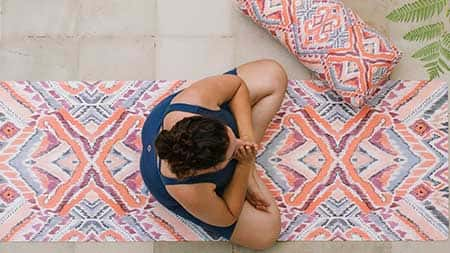
Yoga is therefore not only intended for 'flexible' individuals who can easily perform the lotus position or standing on your head. Often this mistaken belief deters many from practicing yoga. But this is precisely its advantage - it is suitable for all ages, both sexes and for all bodies - even for those with injuries, medical limitations and different philosophical views. Finally, let us encourage all those who hesitate to practice yoga with the wisdom of teacher B.K.S. Iyengar
“Yoga is when every cell of your body sings the song of the soul."
Yoga mats
If we first touch the mats, we soon notice that there is a significant difference between them. Already in the price, let alone in the material and other details. When buying a mat, pay attention to:
- material: it is good to use natural materials or those artificial, which are clean, ecologically, biodegradable, without graded glues or other impurities. After all, our skin spends a lot of time in contact with the mat.
- grip: this important feature is guaranteed by all manufacturers. In practice, of course, it is completely different. But unfortunately, there is no standard by which we can orientate ourselves, or we can say which materials are good and which are not. A particular 100% natural rubber mat may or may not hold up extremely well. You will have to trust the seller or your yoga teacher. Or they must allow you to test the mat in the store.
- construction, layering: it is good that the mat consists of several layers. At prAna, they found an excellent combination of natural rubber or biodegradable TPE on both outer sides and with a cotton or rubber core. In this case, the core prevents the mat from stretching or wrinkling under the legs, arms...
- pores: it is important that the outer surface has closed pores, so our sweat and other possible liquids do not seep into the inside of the mat. Our mat is bacteria-free and does not develop an unpleasant odor.
- dimensions: find the right mat for you and your workout. Both in terms of length and width as well as thickness. The vast majority go for softer 5 mm thick mats made of TPE material, which offer comfort and excellent cushioning. The more demanding usually choose between thinner 4 or 3 mm, made of rubber or TPE. These mats are harder, offer even better grip, greater stability and enable more precise training.
Guide - How to choose a yoga mat
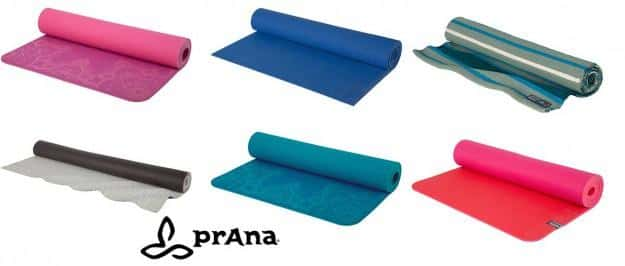
Otherwise, in most yoga studios here, the mats are already there, owned by the studio. But just think about how many different people in front of you have already sweated on them. And unfortunately, in large cases, these mats are cheap, not eco-friendly and completely mediocre for exercise. The awareness of practitioners to bring their own mat with them has only been growing in recent seasons. But this should be the practice and not the exception.
Think about going to a spa and being offered a used towel?
Yoga clothes
Here the matter is simpler, but still important. In any case, the clothes must be comfortable, stretchable so that we can perform even the most demanding asanas in them. That the shirt does not fall over our head in positions "on our head" and the like. It is important to focus completely on the asanas during the practice and that nothing distracts us from this. How will we achieve our goals if we have to direct our attention to something that disturbs us, hinders us.
The style or type of clothing also differs between the branches of yoga itself.
In iyengar yoga it is important to see the position of the muscles on the body, therefore, shorts or tight leggings are most often used in this style, and women use tops, bras. We also have to pay attention to the straps, that the buckle really holds and that they do not twist.
At hot yoga, where the room is heated to just under 40 degrees Celsius C and the humidity is also quite high, there is increased sweating and here, too, tops, bras and shorts are used, as well as a towels. It is good that the towel is pleasant to the touch, soft, gentle when in contact with the skin, quick-drying, non-slip. This type of yoga towels are lighter, they fold into a smaller volume than ordinary terry towels, which is quite noticeable during transport .
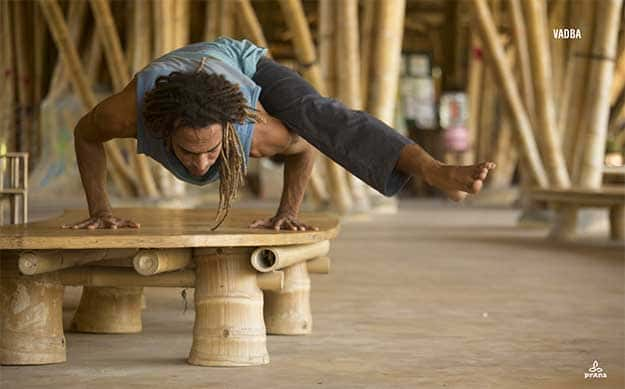
It is good to reach for natural, sustainable, ecologically clean materials, such as organic cotton, hemp, including wool, recycled polyester, Tencel®. In these and similar materials, your body will feel good, the contact with the skin will be pleasant and gentle, the climate for your body will be optimal. It is good that the clothes dry quickly. Recommended for women's tops are integrated bras. It is important that the seams on the clothes run in such a way that they do not hinder us, that they do not dig into our skin. Usually, manufacturers solve this with flat seams.
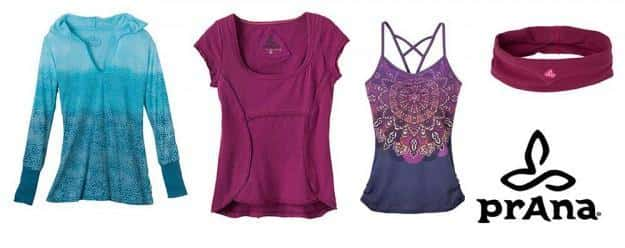
Clothes for yoga, pilates and other sports activities
In yoga, the old and oft-used slogan shows itself again: your clothes are your second skin
Pay attention to choosing the right clothes. And only with the right choice of clothes and accessories, your attention can be focused only on exercise and nothing else. So give yourself up completely to the exercise, let nothing stop you from doing it. This is the only way you will achieve your goals.
One of the prAna's materials is not called Nevaeh for nothing. Check this word backwards and you will get: heaven.
Yoga - a supplement to sports training
Yoga is more than just a physical activity; it has a thousand-year history and is becoming an extremely important part of professional sports training. In addition to improving physical fitness, practicing yoga promotes inner awareness and relaxation, leading to a long-term positive inner attitude.
Athletes are increasingly turning to yoga for rehabilitation after injuries. Those who are surprised find that mobility, strength, stability increase and tension is reduced, which makes it easier to manage the psychological pressure of training and competitions.
One of the most recognized styles of yoga, Iyengar Yoga, is therapeutic in nature and focuses on the correct performing of postures. With accessories such as blocks, belts and chairs, it adapts to the individual's needs.
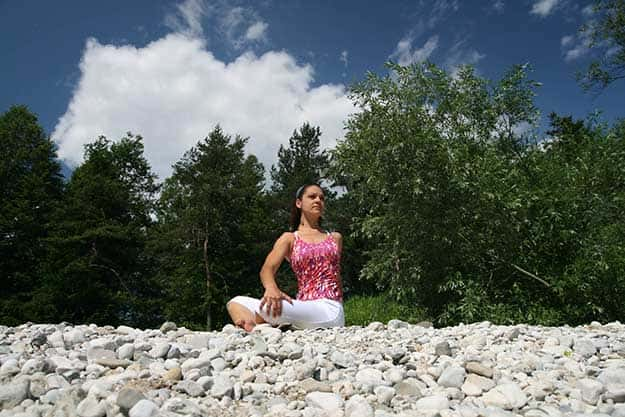
Sports are aimed at pushing the body's limits, but hard training can lead to stiff and contracted muscles. This leads to poorer circulation, slower regeneration, injuries, overtraining and exhaustion. Psychological capabilities are key to success in competitive sports. As a supplement to training, yoga brings solutions - it improves body awareness, stability, coordination and regeneration of the body and mind.
Achieving top results is not possible without it.
Athletes find that a combination of practicing yoga postures and breathing exercises (pranayama) works best. This stimulates the secretion of anti-stress hormones, which are crucial for psychophysical regeneration. Controlling breathing and concentration lowers heart rate, improves endurance and stability during stressful moments.
In the United States, yoga has become an indispensable part of training in many sports, such as basketball, American football, track and field, and triathlon.
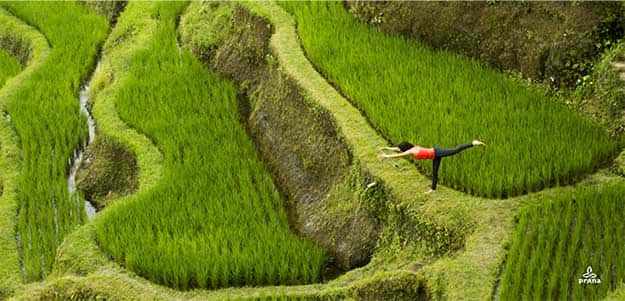
To get the most out of yoga, it is crucial to turn to experts and choose the right teachers. Equipment such as appropriate mats and clothing are also important for optimal performing of poses and focus on exercise.
Why do we recommend yoga in nature?
Gain strength, increase flexibility and regenerate faster!
We have prepared some asanas - yoga exercises that you can do outside in nature and therefore do not need any equipment!
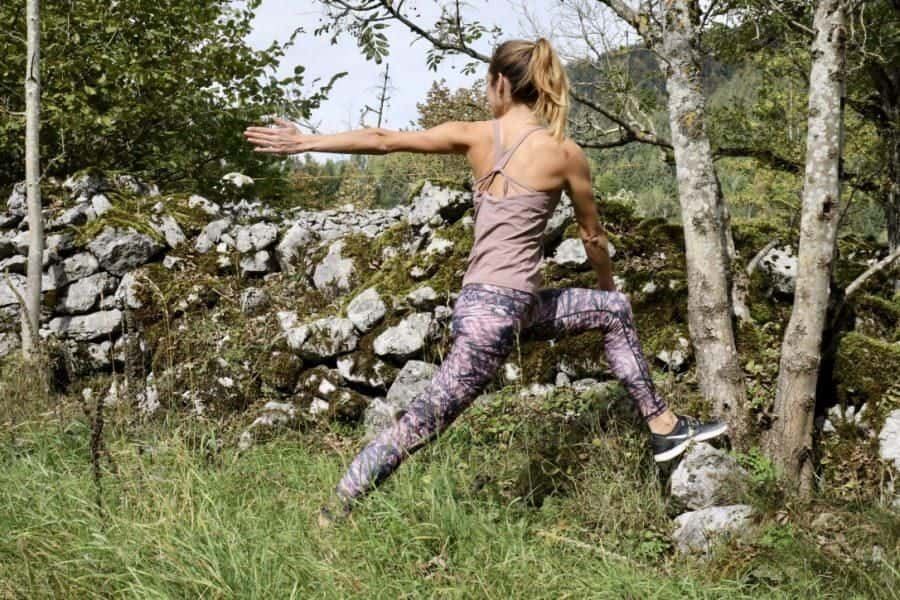
Asanas are great for warming up and stretching, reducing the chance of injury. They are easy to perform and comprehensive for all muscle groups and joints. With conscious breathing, we also mentally prepare better for further exercise. The deeper effect of the asanas is achieved with regular, longer yoga practice (at least once a week).
On a physical level, it helps us strengthen muscles and joints, improve body perception and coordination, increase flexibility and stability, and contributes to faster regeneration.
On a psychological level, it brings greater calmness, satisfaction, self-confidence, concentration, to name just a few of the positive effects. The practice of yoga offers movement in all directions, which is a good counterbalance to other types of movement (and straining only certain muscle groups), such as e.g. climbing, hiking, running, cycling...
Click on the article we prepared for Sokol magazine. Great asanas are shown for easy stretching of the whole body.
Yoga and leisure clothing from sustainable brands prAna and Manduka.
